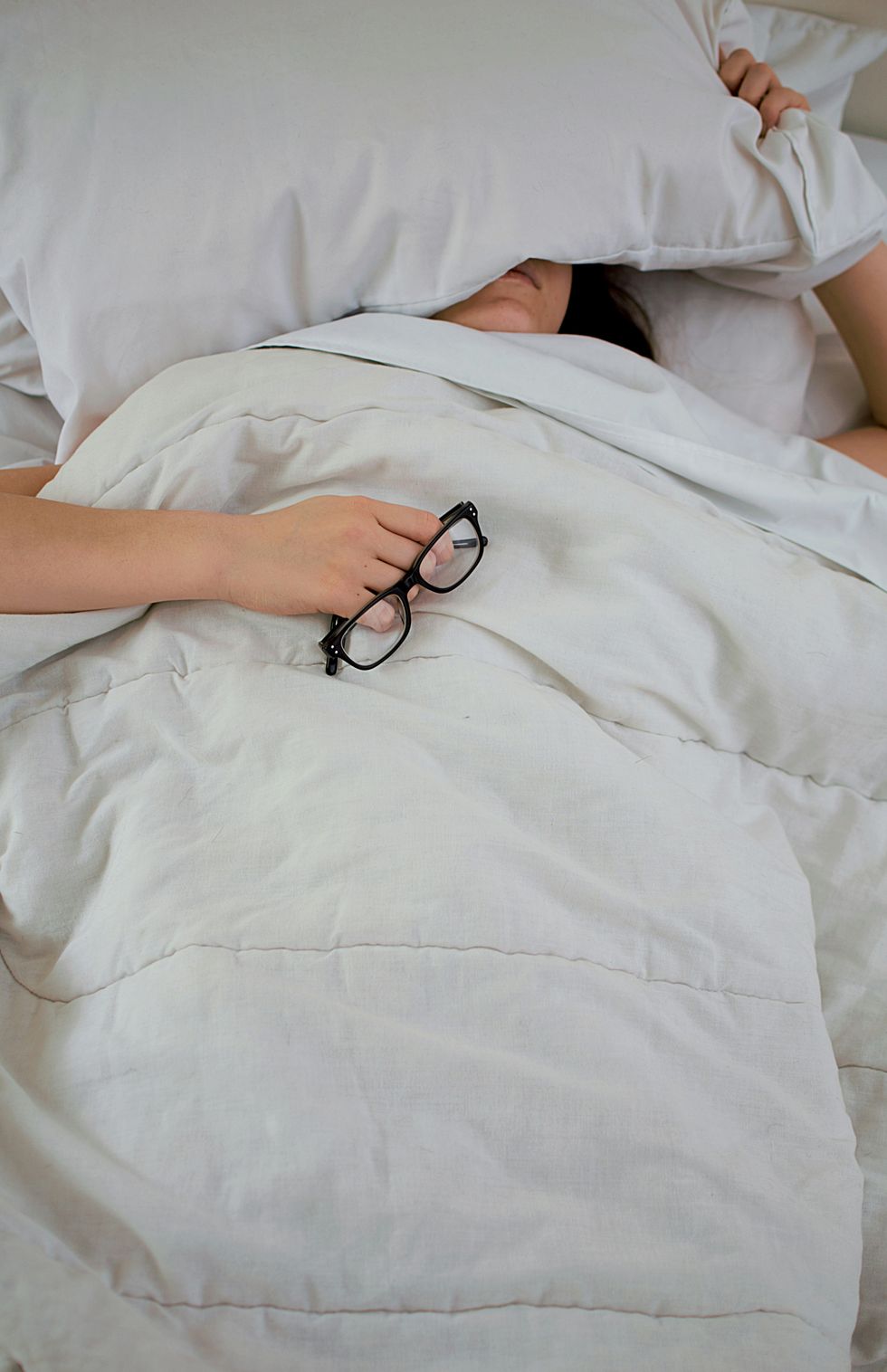I often hear devout feminists scream incessantly about how our culture is an oppressive patriarchal structure, a system of domination by which the wealthy, white, male ruling class has authority over everyone else.
However, much of what we hear about the plight of American women is false. Some faux facts have been repeated so often they are almost beyond the reach of critical analysis. Though they are baseless, these canards have become the foundation of Congressional debates, the inspiration for new legislation and the focus of college programs. Here, I examine some of the most popular feminist claims, which are pointed to as proof that we live in a society that privileges masculinity over femininity.
Deconstructing the claims
Evidence of patriarchy comes in various forms, but feminists often point to statistics like the wage gap as proof that our society unfairly benefits men at the expense of women. This is a good place to start. Firstly, we need to understand where that statistic comes from, and what it actually “proves” – or rather, disproves.
In 2015, women earned 83% of what men earned, according to a Pew Research Center analysis of median hourly earnings of both full- and part-time U.S. workers.
Is this proof that we live in an oppressive and unfair system that perpetually discriminated against women? Well, no. There is undoubtedly, a wage gap, insofar as the median earnings of men and women differ; but the claim disregards factors that make simple comparison less straightforward.
For starters, the pay gap statistic simply reflects the difference between the average earnings of all men and women working full-time. In the very same Pew Research Study, if you read past the headline, you’ll find that when age was taken into consideration, women between the ages of 25 to 34 earned 90 cents for every dollar a man in the same age group earned.
Further, the deceiving statistic also does not account for differences in occupations, positions, education, job tenure, or hours worked per week. In a 2013 study (also conducted by Pew) women were more likely to say they had taken breaks from their careers to care for their family. These types of interruptions can have an impact on long-term earnings. Roughly four-in-ten mothers said that at some point in their work life they had taken a significant amount of time off (39%) or reduced their work hours (42%) to care for a child or other family member. Roughly a quarter (27%) said they had quit work altogether to take care of these familial responsibilities. Fewer men said the same. For example, just 24% of fathers said they had taken a significant amount of time off to care for a child or other family member.
When all these relevant factors are taken into consideration, the wage gap narrows to about five cents. And no one knows if the five cents is a result of discrimination or some other subtle, hard-to-measure difference between male and female workers.
Now, a feminist might argue that the reason women take more time off from work than men is because societal expectations, normalized by patriarchy, “pigeonhole” women being into lower paying “pink-collar” jobs in health and education. According to NOW, powerful sexist stereotypes “steer” women and men “toward different education, training, and career paths.”
Well, let’s take this claim seriously. Consider, for example, how men and women differ in their college majors. Here is a list of the ten most remunerative majors compiled by the Georgetown University Center on Education and the Workforce. Men overwhelmingly outnumber women in all but one of them:
- Petroleum Engineering: 87% male
- Pharmacy Pharmaceutical Sciences and Administration: 48% male
- Mathematics and Computer Science: 67% male
- Aerospace Engineering: 88% male
- Chemical Engineering: 72% male
- Electrical Engineering: 89% male
- Naval Architecture and Marine Engineering: 97% male
- Mechanical Engineering: 90% male
- Metallurgical Engineering: 83% male
- Mining and Mineral Engineering: 90% male
And here are the 10 least remunerative majors—where women prevail in nine out of ten:
- Counseling Psychology: 74% female
- Early Childhood Education: 97% female
- Theology and Religious Vocations: 34% female
- Human Services and Community Organization: 81% female
- Social Work: 88% female
- Drama and Theater Arts: 60% female
- Studio Arts: 66% female
- Communication Disorders Sciences and Services: 94% female
- Visual and Performing Arts: 77% female
- Health and Medical Preparatory Programs: 55% female
It’s apparent that men are overrepresented in STEM fields, while women are overrepresented in ‘caring’ professions, which typically pay less than STEM jobs. Is this evidence for the claim that patriarchy pressures women to pursue less lucrative careers? Well again, no.
A multi-national study, conducted by researchers from the University of Missouri, examined the claim that women are “pigeonholed” by patriarchal societies to pursue “pink-collar” careers; and they found that countries with greater gender equality see a smaller proportion of women taking degrees in STEM fields. Interestingly enough, countries such as Albania and Algeria have a greater percentage of women amongst their STEM graduates than countries lauded for their high levels of gender equality, such as Finland, Norway, and Sweden. This research has been dubbed “the gender paradox,” for good reason – consider for a moment that there are two reasons men and women differ: nature and nurture. If the popular feminist claim that men and women are exactly the same in all aspects of their being were true, you'd think that flattening out the socio-economic environment would make the differences between the sexes would disappear. However, paradoxically enough, the opposite happens – when you remove environmental factors, the biological differences are allowed to maximize.
Furthermore, for the past few decades, untold millions of state and federal dollars have been devoted to recruiting young women into engineering and computer technology. Yet, the efforts have not yielded the results they intended. The percent of degrees awarded to women in fields like computer science and engineering has either stagnated or significantly decreased since 2000. (According to Department of Education data, in 2000, women earned 19 percent of engineering BA’s, and 28 percent in computer science; by 2011, only 17 percent of engineering degrees were awarded to females, and the percent of female computer science degrees had dropped to 18.)
This evidence suggests that though young women have the talent for engineering and computer science, their interest tends to lie elsewhere. Women, far more than men, appear to be drawn to jobs in the caring professions; and men are more likely to turn up in people-free zones.
Is this a bad thing? Of course not.
In the pursuit of happiness, men and women appear to take different paths. To say that these women remain helplessly in thrall to sexist stereotypes, and manipulated into life choices by forces beyond their control, is divorced from reality—and demeaning to boot. If a woman wants to be a teacher rather than a miner, or a veterinarian rather than a petroleum engineer, more power to her.
Some other evidence to consider for all of the feminists out there:
Women are attending college at higher rates than men
This fall, women will comprise more than 56 percent of students on campuses nationwide, according to the U.S. Department of Education. Some 2.2 million fewer men than women will be enrolled in college this year. And the trend shows no sign of abating. By 2026, the department estimates, 57 percent of college students will be women.
Black & white women raised in similar environments have similar income levels
A recent study published by the New York Times has help lay waste to the popular feminist claim that women are unfairly disadvantaged by the current socio-economic structure. The study, led by researchers at Stanford, Harvard, and the Census Bureau, found that although black men earn less than white men raised in similar environments, black and white girls from families with comparable earnings attain similar individual incomes as adults. The fundamental claim of the intersectional theorists, that women are among the “oppressed classes of people” in Western societies, is mere rhetoric.
Suicide rates are far higher for men
You might think, if Western society was the oppressive patriarchal institution feminist’s claim it is, surely suicide figures would show women give up on life more often than men. But that's simply not the case. In the US, of the 38,000 people who took their own lives in 2010, 79% were men.
Does all of this 'prove' definitively that we live in a perfectly gender-equal society? Of course not. But the bogeyman that feminists blame for women's problems or under-achievements simply doesn't exist - at least not to the degree they claim.
Seeing as women are free to pursue any career they want, own any property they wish, attend any college they desire, are owning businesses and running corporations, actively involved in political power, engineering and science, are protected from discrimination by law and are openly praised for all this to cloying degree... We are NOT living under patriarchy and have not been for some time.



 Photo by
Photo by  Photo by
Photo by  Photo by
Photo by 



















